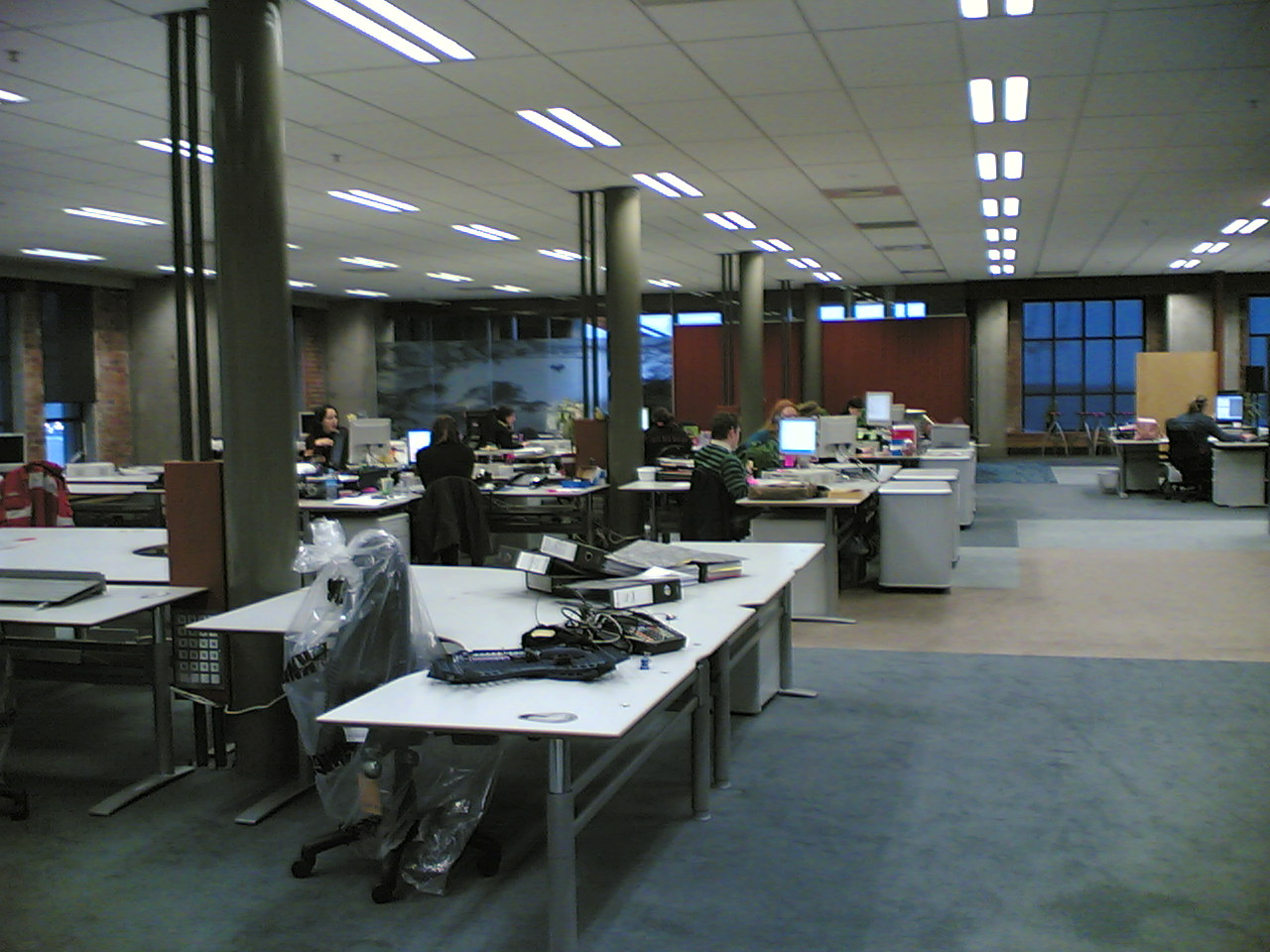Co-Working Creeps into Corporate Property Strategy
At the ULI Fall meeting in Los Angeles, panelists identified emerging trends in the modern office environment, emphasizing shorter-term use arrangements to give companies flexibility in how to manage both people and properties.
By David Dent
 The Urban Land Institute Fall Meeting in October featured a panel discussion titled “What is Creative Office 2.0 and Why Does It Matter?” moderated by WeWork’s Liz Burow with panelists from Microsoft, CBRE and ZGF Architects. The cross-disciplinary panel identified emerging trends in the modern office environment, with emphasis on shorter-term use arrangements to give companies flexibility in how to manage both people and properties.
The Urban Land Institute Fall Meeting in October featured a panel discussion titled “What is Creative Office 2.0 and Why Does It Matter?” moderated by WeWork’s Liz Burow with panelists from Microsoft, CBRE and ZGF Architects. The cross-disciplinary panel identified emerging trends in the modern office environment, with emphasis on shorter-term use arrangements to give companies flexibility in how to manage both people and properties.
Growing Demand for Flexible Modern Offices
The traditional office environment is splintering with design elements and use terms that are increasingly customized to the specific needs of the user. Themes such as creative office architecture as well as short-term rentals of office space permeate the environment, particularly for technology companies that want to attract top talent by offering the best amenities; short-term lease arrangements, often referred to as “co-working,” are also increasingly common to give companies flexibility with new projects and to reduce financial risk for both tenants and landlords.
Corporate Real Estate Managers Dive Into Co-Working
The trend toward flexible lease arrangements has been popularized by innovators like WeWork, but demand for customized office terms is now spreading to corporate real estate managers. Office space with flexibility is now seen as playing a key role in dynamically managing a company’s future growth. Corporate real estate managers are using creative office with flexible co-working terms to incubate new groups within a company while they grow. Internal property managers are also using co-working space for projects that might have a finite period of development.
Office Design at Microsoft: Collaborative, Faster & Quieter
During the panel discussion, Microsoft’s corporate facilities manager Jeff Rovegno detailed a shift in how teams of office workers function differently than in the past: Rovegno pointed out that a decade ago Microsoft would commonly see teams meeting as infrequently as once per week to review project status and divide future assignments. But in recent years, Microsoft CEO Satya Nadella has encouraged teams to meet more frequently to speed the product delivery cycle. For Microsoft, this has led corporate managers to design spaces that foster frequent collaboration. Because of faster product delivery cycles and more frequent meetings, Microsoft has discovered that working groups are better-served with small office areas for eight to 12 workers than larger, open areas that are noisier and less private.
Design for a More Perfect Union
The broad architectural trend during the modern era has been toward large, open spaces accommodating dozens of generic cubicles. This simple, open design reduced construction and rent expense while helping to bridge corporate silos often created by many separate offices. After years of open floorplans, workers and designers are now retaining the openness and natural lighting of spare interiors while installing glass and other sound barriers to reduce noise and increase privacy in an open setting. Demographers observe that after the Millennials a new generation of workers known as Generation Z will enter office-using employment; sociologists find that Generation Z is notably different from Millennials because the young members of Generation Z were raised during the Great Recession and are more anxious about the weak economy they face; as a result, Generation Z tends to be more competitive with each other. In addition, Generation Z is expressing a strong preference for more privacy and quiet in the office.
Corporate Real Estate Driven to Greater Efficiency
Companies increasingly view co-working space as an essential portion of corporate facilities needed to accommodate variable demands. As a result, corporations are turning to co-working experts like WeWork for options and are beginning to push within their current properties for flexible terms. In addition, companies recognize that some of their office space should be based on flexible use because projects might only need facilities for a few months. Corporations which dominate office-using employment also see that many of their employees are traveling or working remotely instead of being in the office; surveys of technology firms, for example, reveal that only about half of office workers are present on a typical day.
Doing More With Less
Office real estate managers are caught in a storm of trying to more dynamically manage space amid increasing rents, limited allowances for tenant improvements and pressure to add building amenities that are attractive to workers today. WeWork and other co-working specialists are innovating with flexible spaces in beautiful modern environments to meet these variable needs. As awareness of co-working permeates real estate, more companies are finding ways to adopt a more flexible approach that is cost-effective and adaptive to the needs of today’s complex office environment.







You must be logged in to post a comment.